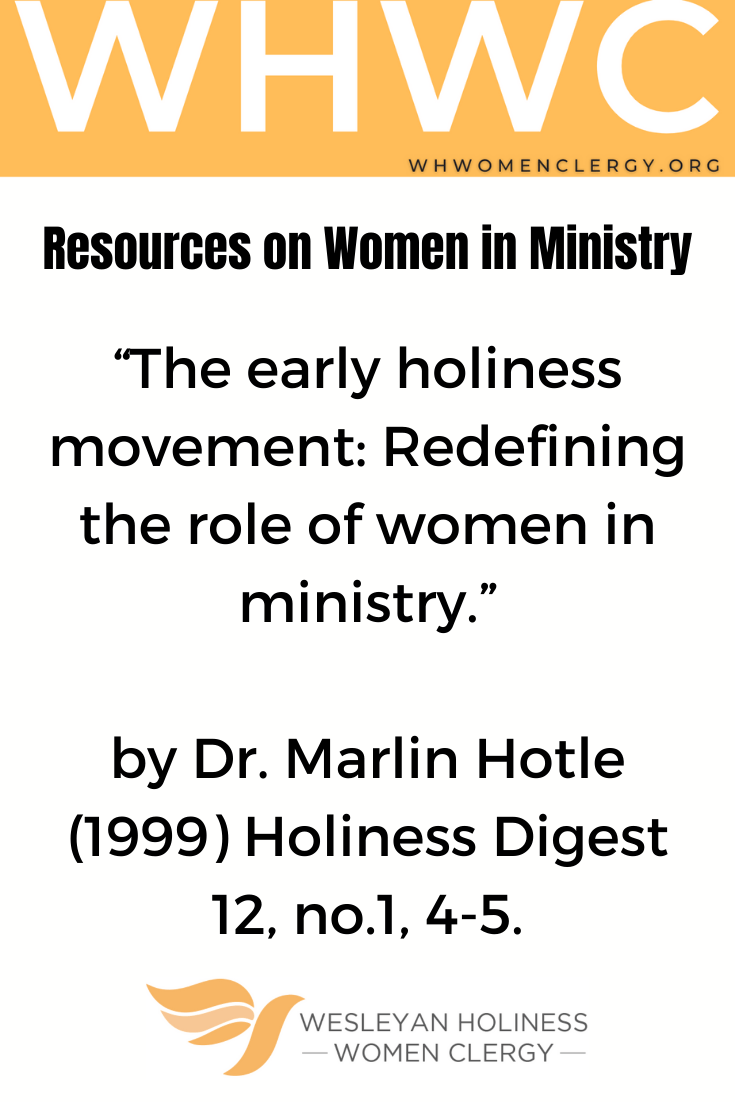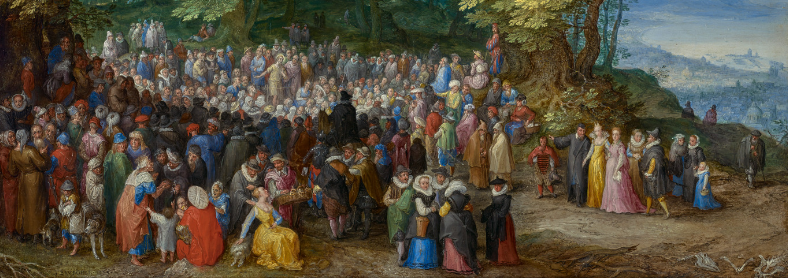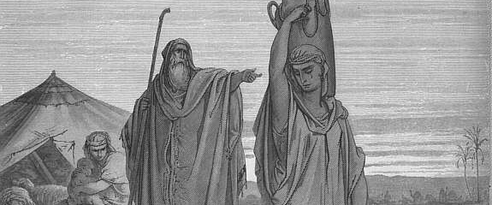The Early Holiness Movement
Dr. Marlin Hotle • April 20, 2022 | WHWC
Redefining the Role of Women in Ministry

From its very earliest days in America the Methodist/Holiness Movement redefined the role of women in ministry, giving them a level of respect and dignity beyond that which had been afforded them at any previous period or by any other religion, society, or movement in church history.
These gains did not come without good reason for the founder of Methodism himself, John Wesley, considered his godly mother, Susanna Annesley Wesley, the greatest contributing factor in his own spiritual formation. This is striking when you consider that both his father and grandfather were gifted ministers. But Susanna was a remarkable person. though she lived in a day, and was part of a church, that did not recognize the worth of women, she still developed quite a remarkable ministry that reached well beyond the 19 children she brought into this world. During one of her husband's extended trips, Susanna preached so effectively to family and friends in her kitchen that the group, numbering 200, outgrew the house. The minister who supplied for Samuel Wesley during his absence complained to his church superiors that her influence in the parish was excessive.
I have had the privilege of touring Wesley Chapel on John Street in New York City, the oldest Methodist Church in America. The Methodist movement in America actually did not begin as an outreach of the parent church in England. It was laity who formed the first Society in the States. Barbara Heck and her cousin Philip Embury had been a part of a German colony living in Ireland that was powerfully transformed by the preaching of John Wesley. They moved with a small group to America in 1760. Over the next few years Barbara became more and more concerned that the group was losing the grip on their faith. She began to push her cousin, Philip, to resume the role as class leader and local preacher which he had held in England. He agreed and she began to call family and friends together, and together they formed the first Methodist Class in her home in 1766. The group grew quickly and soon built the John Street Chapel.
Over the next century a growing tension began to develop within the Methodist Episcopal Church over John Wesley's teachings on Christian Perfection. In the 1830's two sisters, Sarah Lankford and Phoebe Palmer, both members of New York City Methodist Churches, organized a weekly prayer meeting which lasted well into the twentieth century and became widely known as the "Tuesday Meeting." This meeting became a center of revival within Methodism (and beyond) of the original Wesleyan teaching of sanctification as an experience subsequent to salvation in which the believer gains victory over sin.
A contemporary of Phoebe Palmer and Sarah Lankford was Catherine Booth. Married to William Booth, she and her husband began a work to serve the poorest of the poor in London's slums which would revolutionize the way the church viewed social ministry. In 1865 they officially organized as the Salvation Army and it was she who designed the uniforms to set the soldiers apart from those they were serving so that they could be easily recognized. Catherine firmly believed that the active participation by female Salvationists was vital to the movement, quoting the Apostle Paul who taught, "In Christ there is . . .neither male nor female." Her influence was lasting on the Army so that wives and husbands have been ordained together with identical ranks since the Army's beginning.
The first denomination to come out of the Methodist Episcopal Church was the Wesleyan Methodist Church, founded in 1842. It is common knowledge that the issue that brought about the separation was abolition of slavery. The Wesleyan Methodists, along with another member denomination of the CHP, the Friends (Quakers), both made a place for themselves in history with the vital role they played in the underground railroad.
But what many people do not know is that the Wesleyan Methodist Church was also at the forefront of fighting for the rights of women. In July of 1998, thousands of women gathered at the remains of a small chapel in Seneca Falls, New York, to mark the 150th anniversary of the Women's Rights Movement. It was in that church that an unprecedented meeting was convened on July 19 and 20, 1848, to draft a "Declaration of Sentiments" calling for fairer treatment of women and their right to vote. This Chapel was a Wesleyan Methodist Chapel.
Many within the young denomination became involved in the new movement and the Seventh General Conference, meeting in Cleveland, Ohio, October 2, 1867, "voted a hearty approval of the agitation in the state of Kansas to give women the right to vote, and hoped to see 'the refinement of their presence, and the power of their wills' in evidence as voters in other states."1
The denominations took another giant step at the General Conference of 1879 when they voted to license women to preach. By 1891 several conferences took this a step farther and began to ordain women as elders. By 1912, Mrs. Iva E. Crofford became the first woman to be elected Conference President. (The Wesleyan Methodist Church is now simply The Wesleyan Church.)
During the last thirty years of the nineteenth century, as the great holiness revival came into full blossom and many other new holiness denominations sprang to life, the holiness movement became known for its wide acceptance of women preachers. There are, and always have been, some within our movement who have not agreed with this position. And it is little wonder as this issue continues to stir controversy in the broader evangelical community to this day. But the movement as a whole has continued to stand firm and today, the International Wesleyan Holiness Women Clergy Conference draws hundreds of talented women in ministry who are proud of their heritage and are gifted proponents of our message.
Dr. Marlin Hotle, Editor, Holiness Digest
Hotle, M. (1999). “The early holiness movement: Redefining the role of women in ministry.” Holiness Digest 12, no.1, 4-5.
End Note
1. McLeister, Ira F. and Nicholson, Roy S. Conscience and Commitment (The Wesleyan Press, Marion, IN, 1976) p.81.

Enjoyed this article? Connect with us on one of our social media platforms. Share it and forward it to a friend:




